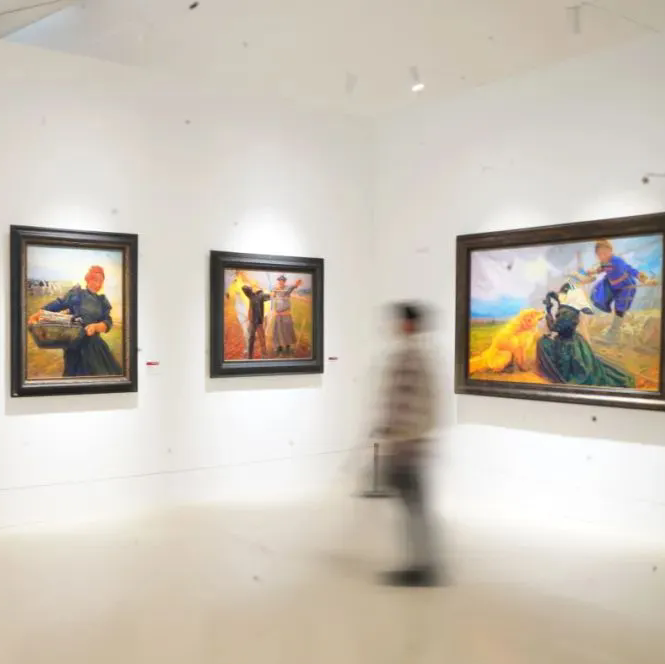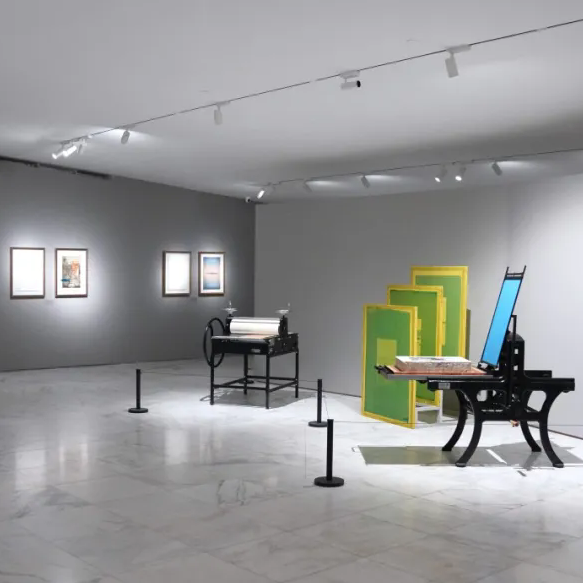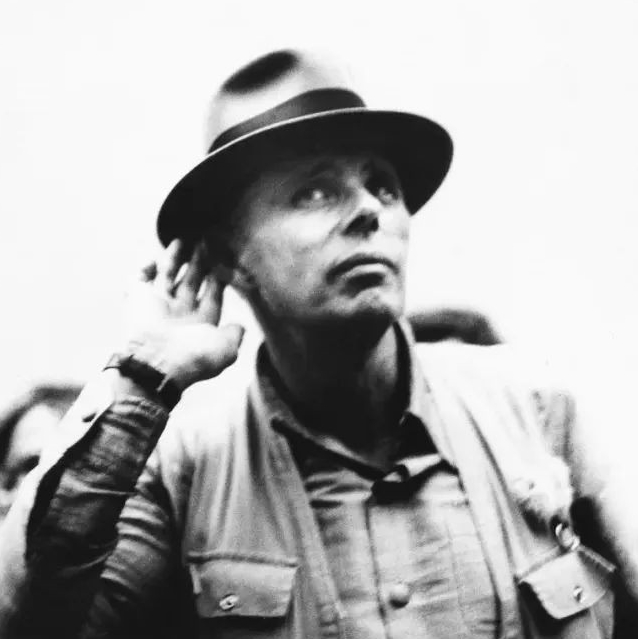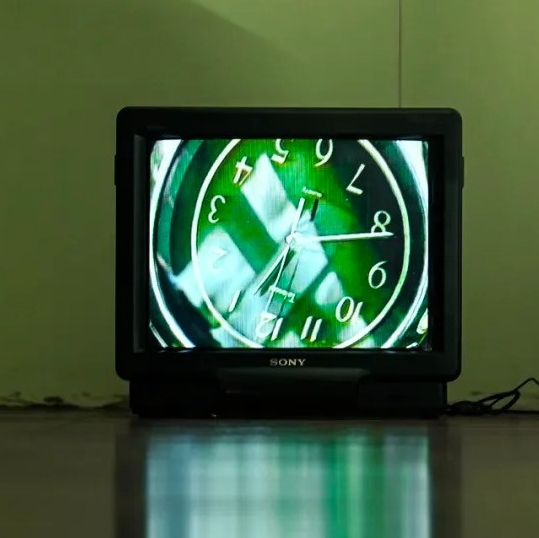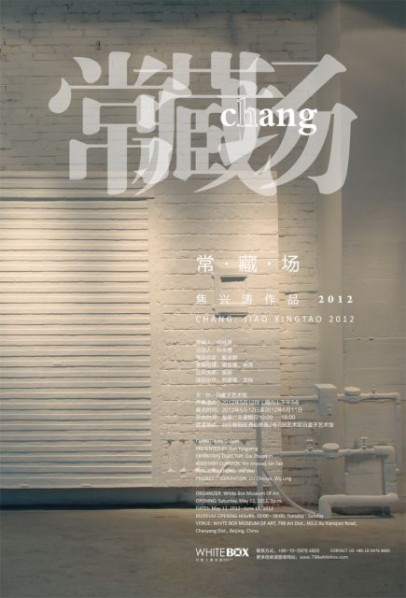
The reason for Jiao Xing Tao's fame in the sculpture industry probably relates to his deconstructive style of works of the 1990s. After that period, his creations mostly focused on the breakthrough of traditional sculpture language, and promotes the expressions of the new figurative sculptures, at the same time they breakthrough the boundary between sculpture and installation works. He also tries to discover the expressions of concepts in the field of sculpture, and the exhibition today is a presentation of his experiments.
[gallery link="file" orderby="title"]
The word "Common"(Chinese: 常 Cháng) has double meanings: one is "common", the other is "uncommon". While “common” means the focus of daily routines, everyday living, micro matters, and the pursuit of studies on inner self, it also focuses on the relationships between our real life and the sculpture itself, and “uncommon” focuses on the visual expression, in other words it's the pursuit of de-familiarization expression. Here, the influence of the de- familiarization originates from the rebellion of the artist's daily visual experiences, and the "recode" of those works, which creates a strong visual contrast when you look at it.
"Hidden"(Chinese: 藏 Cáng) is exactly the reaction for the word "code". However, in today's exhibition, "hidden" was only a method which can also be seen as a concept. For example, the artist intentionally "hides" things, and binds his sculptures with common objects and places or tries his best to bind those works into daily experiences. The reason why we can see the characteristics of concepts is because the artist was eliminating the boundary of an art work and a common object. After Duchamp, the boundary between daily objects and art works became blurred, but Duchamp did not mix the art works into daily lives. This is probably what the word "hidden" hide behind, and the deep thoughts about the nature of art.
The "environment"(Chinese: 场 Chǎng) is also a descendant from "hidden", however, it's descendant can only be expressed in the effect of the works when they are shown. There are two concepts of the word "environment". One is a place to show things "live", the other is to create a theatrical presence. The "live" environment was created by daily objects and backgrounds. But the presence of the environment is not the pure expression but the surface of the work, because those art works were "hidden" inside. Therefore, artworks became a middle object and make the audience's common visual experiences become behavior of art. While the theatrical presence creates a new visual relationship, the other effect is that it makes the audience's visual experiences bind with the work, the environment and became a part of the work.
About the Exhibition
Curator: He Guiyan
Presented by: Sun Yongzeng
Exhibition Director: Dai Zhuoqun
Organizer: White Box Museum Of Art
Opening: Saturday, May 12, 2012, 3p.m.
Dates: May 12, 2012 –June 11, 2012
Museum Opening Hours: 10:00 - 18:00, Tuesday - Sunday
Venue: WHITE BOX MUSEUM OF ART, 798 Art Dist., NO.2 Jiu Xianqiao Road, Chaoyang Dist., Beijing, China
Tel: +86-10-5978 4800
Courtesy of Jiao Xingtao and White Box Museum of Art, for further information please visit www.798whitebox.com.


